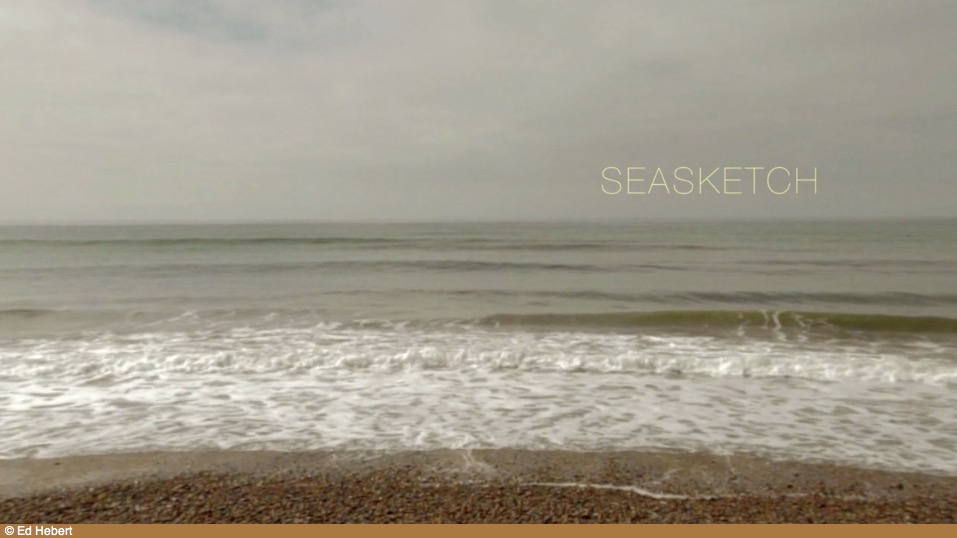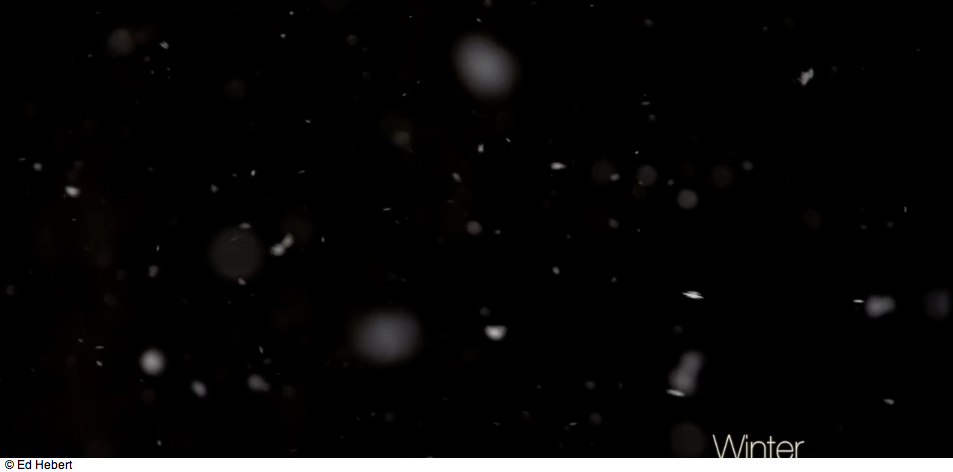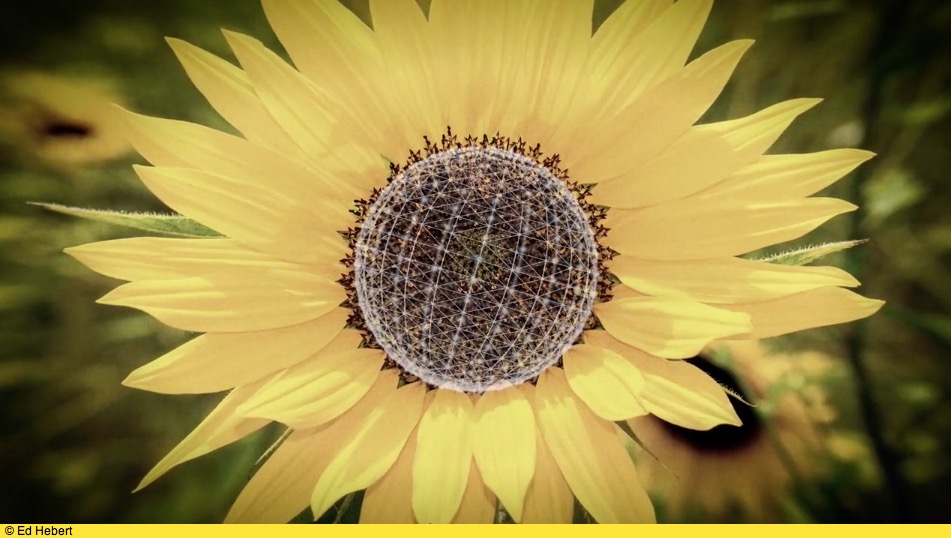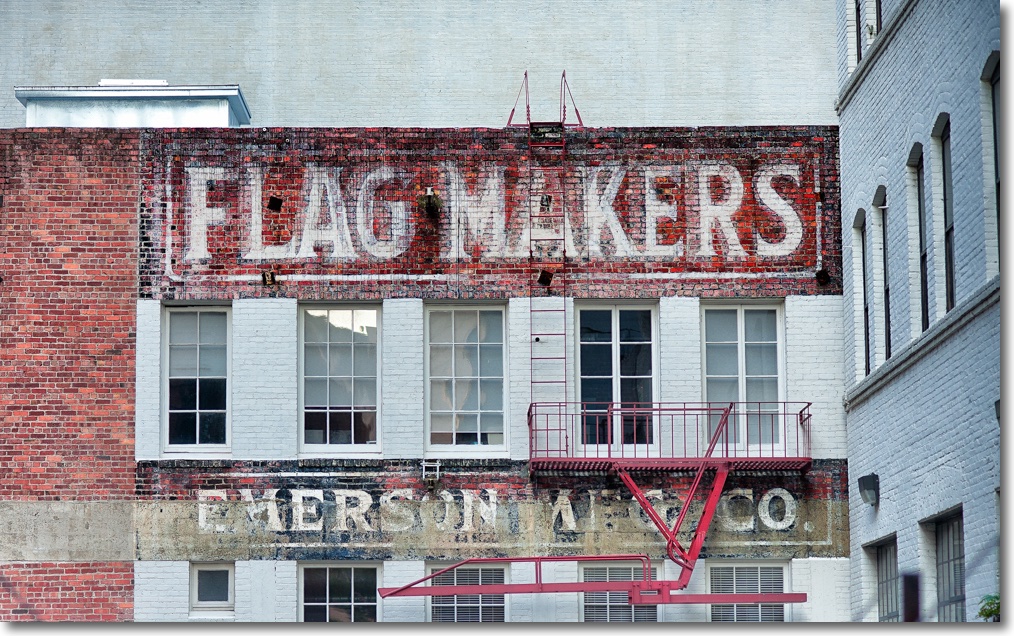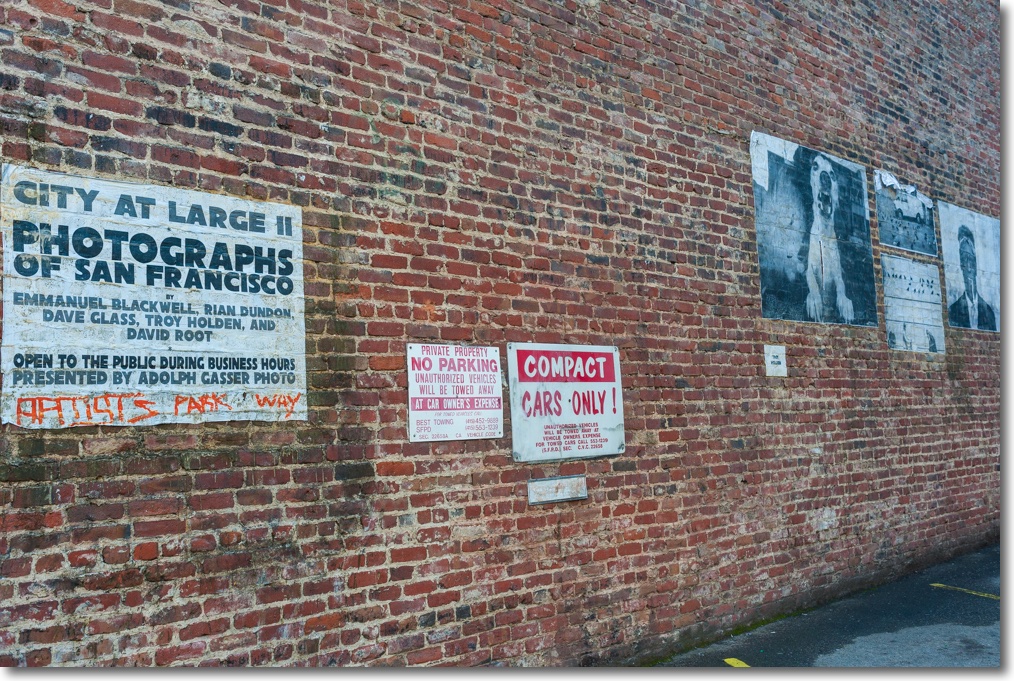These pieces generally run annually in time for Hanukkah and Christmas.
Education is the best provision for old age.
– Aristotle.
This year’s Biographical piece is all about education, for what could be more important in a full life?
I had the great misfortune to attend what the British call a ‘public’ school for many years before going on to University College, London. I write ‘misfortune’ because these private institutions back in the 1960s were still rueing the loss of Empire with the faculty convinced that Americans were ‘over loud, over sexed and over here’, as WWII talk had it. Thus, much was done to inculcate a stout sense of xenophobia in students who, as a result, were still under the mistaken impression that the sun never set on Britain’s colonies. In reality it had set two decades earlier when all those colonials decided that being victims of British thieving and slavery was getting really old.
As for the wisdom of brainwashing the son of Polish immigrant refugees with negative feelings toward foreigners, I’ll leave that for you to decide. I made my own choice when immigrating to America in November, 1977 and there has not been a single day when I have regretted that decision. My high school had pointed me in the direction of foreigners whose company I preferred. Zenophobia if you like. What I do regret is that my parents chose England, not America, as their adopted home. What were they thinking of? The land of umbrellas trumping that of Chevrolet? Then again, keeping all their wealth in Poland despite 6 years’ undisguised warning from a German dictator did not place them high up on the roster of great analytical thinkers.
Add to this esteemed English education the fact that the private school I attended was Catholic, run by monks of the cloth no less, and yes, complete with the occasional pedophile or two, then it’s a wonder I survived unscathed and well, unmonkhandled, by the time I joyfully left for UCL in 1970. Resolving to avoid religion at all costs, I had meanwhile cultivated an enduring love of cricket and rugby. These gentlemanly sports found me a lousy batsman, a half decent off spin bowler and a thoroughly cowardly winger at rugger. The cowardly bit comprised two skills. The ability to run fast with the ball and the no less adroit way in which I would run off the pitch when physical violence threatened. Mercifully, this was generally mistaken for deep strategic thinking and while I love the game to this day my nose has never been quite right since, owing to a couple of occasions where evasive manoeuvres came too late.
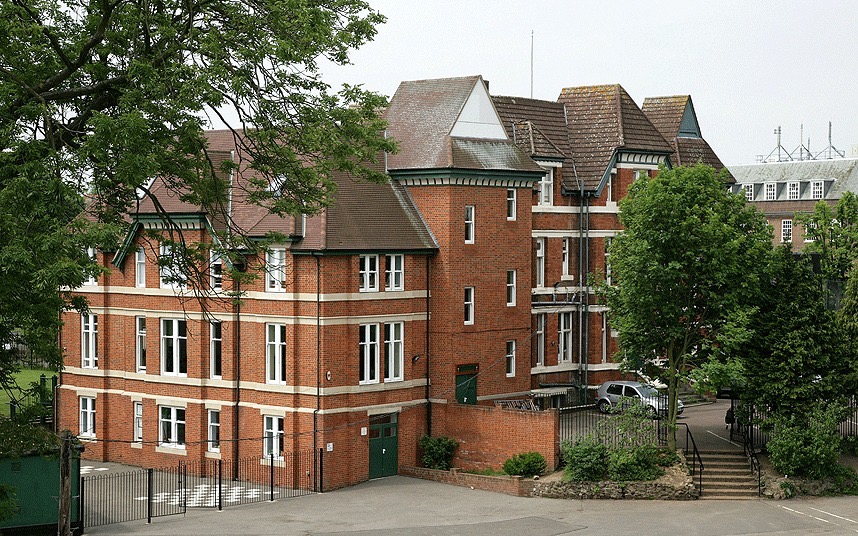
The forbidding Victorian pile which was my prep school.
With this as background you might conclude that the idea of sending my son and heir to a private school would be anathema, yet that is exactly the process I commenced this year. A couple of things had happened to make me change my mind about the institution of private high schooling. First, having spent most of my life in the United States I had long ago realized that those WWII GIs were a far happier lot, in marked contrast to their British counterparts, the latter ‘under sexed, under paid and under Eisenhower’. Surely, American schooling had something to do with that? Second, it had become abundantly clear that American private schooling was quite unlike the often cruel and uncaring English model whose primary purpose was to secrete away the kids so that weekend parties in country homes could continue apace, unimpeded by the younger set. Choose the right Yankee school, meaning one that’s been around a couple of centuries, one with solid liberal values, one where boys and girls mix just as nature intended and one where religion is nowhere in sight, and you have the makings of the very best the aspiring college freshman can get during his four years in high school. Why, many of these schools even play rugby though cricket is sadly nowhere in sight.
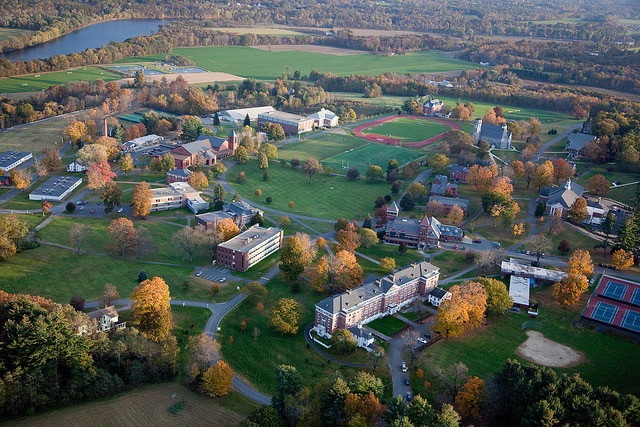
A typical New England prep school.
Why private school, you ask, when a perfectly decent education is to be had at many American public schools? Statistically the odds are against you when you look solely to the taxpayer’s dollar for your schooling. Run the numbers and you will find the average ‘good’ public school matriculates its charges with an SAT (college entrance exam) score 15-20% lower than that for the average private school. Is the schooling that much worse? Wrong question. It’s the students who are the problem. And the class sizes. And the number of AP courses. And the teachers – ever tried getting a public school teacher fired for incompetence? And the lack of competition. And their pipeline to the Ivy League, or lack thereof. These are where your private school dollars go, toward a competitive system which exists to make money, not spend that of those who have no choice but to pay taxes. So what’s with the Ivy League crack, you ask? Why, Gates and Jobs and Ellison and Zuckerberg all dropped out. Uh huh. And the chances that your progeny is a Bill or a Steve or a Larry or a Mark are what, exactly? This is a game of odds, after all.
And survey America as a whole and it rapidly dawns that the greatest concentration of the best high schools and private colleges ever created by man exists in New England. These institutions were almost all created by wealthy, male industrialists who wanted to leave something permanent behind. And when it comes to education, I’m a huge fan of bad weather. I mean, look at Pepperdine, a stone’s throw from Pacific Coast Highway and the beaches of Malibu, complete with babes and surf. How on earth do you expect to get any serious studying done when surfboards, bikinis and a Corona beckon? Then look outside the window of your New England prep school, gazing at the two feet of freshly fallen snow and you do but two things: put another log on the fire and get your study materials out. Quod erat demonstrandum.

Where the schools are. New Hampshire to the north, New York to the west.
The idea of so remote a setting, away from home in the Bay Area, was at first forbidding but after knocking it around with the boy after he had first surfaced the thought, both Winston and I came away thinking we should at least visit these towers of academe before taking the local way out. With commercial flight being the only option, I gritted the teeth, bought the tickets and there we were, son and heir and I winging our way east. I had 200+ hours of research into the project by now, and modern research tools made the finding of the right school a simple proposition. Everything is disclosed, be it the curriculum, the number of AP courses, SSATs, SATs, faculty:student ratios, faculty resumés, ethnic mix, gender percentages, boarding rates, matriculation data, sports choices, alumni, the menu, you name it, and I had it narrowed down to five prep schools to be visited during the week through November 13 before you could spell ‘privilege’.
By way of background, we had set some early filtration rules, which included: New England location, no boys only schools (who in their right mind would not want to mix with women?), no Saturday class sweatshops (if you need weekend tuition there is something very wrong), nothing below 400 or above 800 students in grades 9-12 (small class sizes are essential), over 15 subject choices, over 15 athletics choices, must teach French and piano, must use the Harkness system, high boarding percentage to ensure superior choice of weekend friends, over 50% of the faculty with advanced degrees and, above all, no parochial schools. Religion and education should never mix. Men and women should.
All the schools we visited adopt the Harkness system of discussion based learning, which is about as different from the traditional lecture based ‘memorize and regurgitate’ approach I grew up with as it gets. In 1930, philanthropist Edward Harkness made a large gift to Phillips Exeter Academy in New Hampshire to finance a new system of teaching. Thank goodness for oil fortunes and American generosity. In the great man’s words:
What I have in mind is a classroom where students could sit around a table with a teacher who would talk with them and instruct them by a sort of tutorial or conference method, where each student would feel encouraged to speak up. This would be a real revolution in methods.
That translated into oval tables where the dozen or so students and the teacher can make eye contact, and focuses on discussion and Socratic approaches rather than learning by rote. It’s not too hard to see why so many of the world’s most successful people are graduates of American prep schools. This teaching method leaves no place to hide, no corner at the back of class. It helps the individual come out of his shell and get involved, participating in those most advanced of civilizing virtues: debate and argument. And in case you have doubts, Phillips Exeter, which was the first adopter, is reckoned by many to be the finest prep school in the world. The system spread like wild fire in New England prep schools and is now broadly adopted.
In the great tradition of American philanthropy, Harkness – his father was one of the five founders of Standard Oil – was a major benefactor to Columbia, Yale, Harvard, Phillips Exeter Academy, St. Paul’s School, and the Metropolitan Museum of Art. He was an alumnus of the first two and of St. Paul’s.
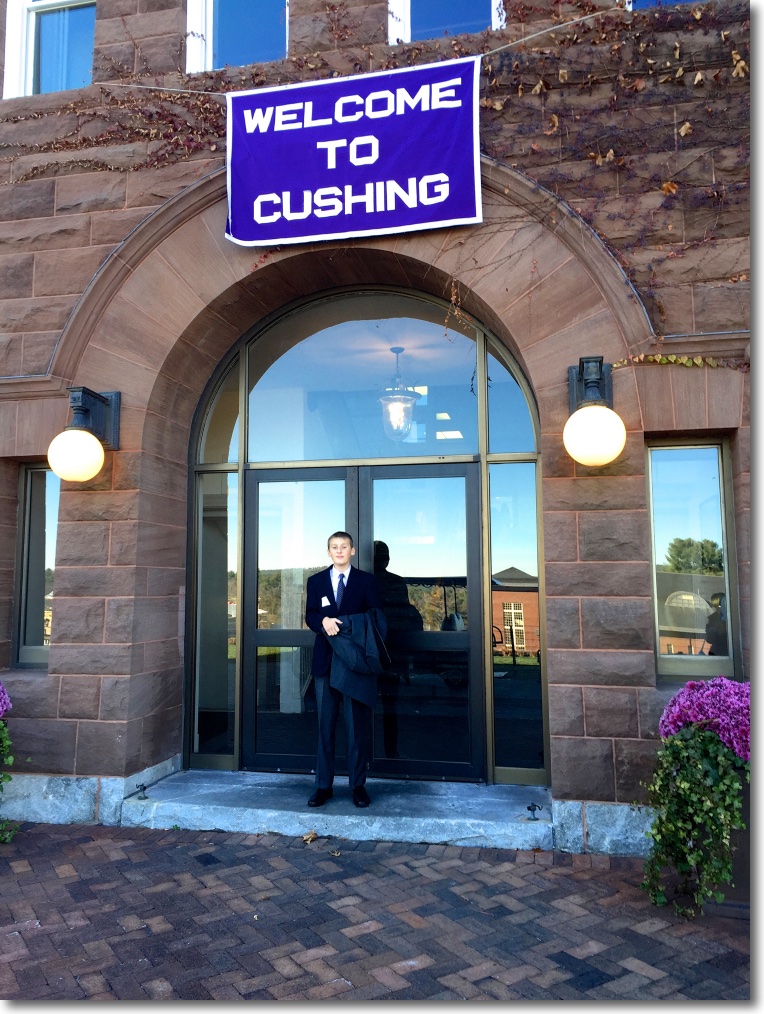
November 9 – solemn at Cushing Academy, Ashburnham, MA. Bette Davis was an alumna.
Other factors with a high correlation to academic excellence? Strangely, or maybe not so strangely, the only other factor with a correlation coefficient over 0.50 is the size of the school’s endowment. The richer the school, the better the academics and the more impressive the matriculation data. Go where the money is. The richest schools send most of their students to the richest universities. It’s no surprise to learn that Harvard’s endowment, at $36 billion (despite Larry Summers’s best efforts as Dean to melt it down through his mismanagement – a rare error for one so impressive academically), is the largest of any university. Texas beats Yale into second place at $24 billion but I would really prefer not to think about that ….
The best US colleges do not accept low SATs so you can determine your college choices in eighth grade when your SSAT score is in. Yes, you still get the occasional moron legatee who ends up in the White House because of his dad, but those days are largely gone. So if you are under the impression that a fancy private school will make grit-eating Arkansas Billie Bob with an IQ in double digits and who is into muscle cars into Harvard valedictorian William Robert Junior the Third, fughedaboutit. Genetic capital is the key and it is not a controllable variable. Billy Bob Clinton formerly of Little Rock and 1600 Pennsylvania Avenue? Georgetown and Oxford. Bill Gates? He entered Harvard with an SAT of 2385 (out of 2400), rues his ‘failure’ to this day, and would likely admit that he chose his parents well. To the best of my knowledge he eschews grits.
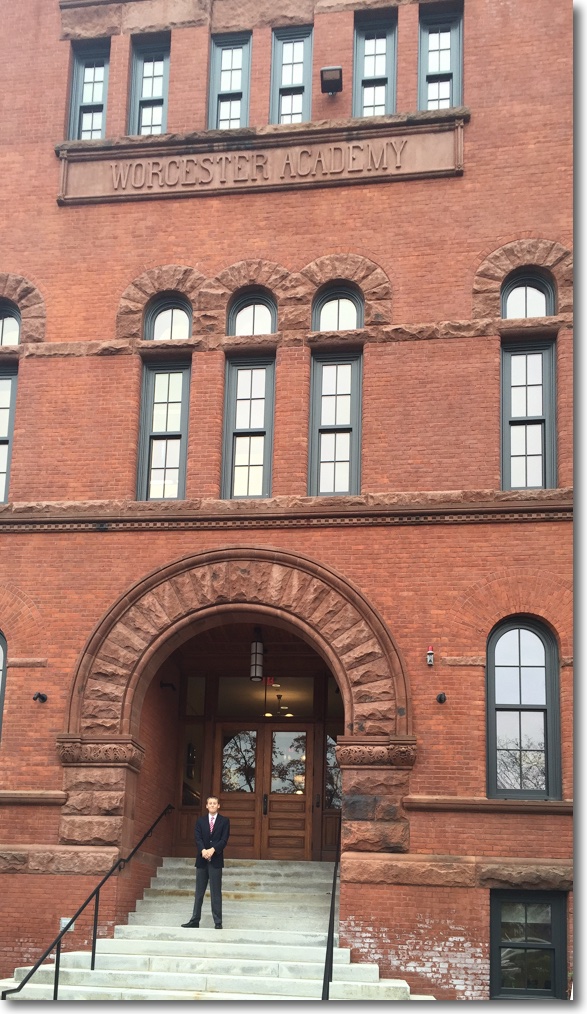
November 10 – small at Worcester Academy, Worcester, MA. Cole Porter’s old home.
The real heavy lifting here was done by my son who was truly stiff upper lipped about the whole thing. Not only did he have to complete his eighth grade absentee homework from his local high school during the trip, he had to start studying for the SSAT. Add preparation for the Admission Interview administered by each school and you get a sense of Winston’s resolve. As an aide memoire to assessing the schools visited, we came up with a spreadsheet with each school graded from 1 to 5 on the following attributes: Campus Look and Feel, Students, Classrooms, Teachers, Sports Facilities, Dorms, Common Areas and, last but by no means least, Food. Good eating is an absolute must, and after years of sodden cabbage and limp fries, what was then cynically known as ‘British cooking’, I was not about to subject Winnie to like treatment.
Finally, life is too short to be surrounded by ugly women and my son who knows beautiful when he sees it – he needs only look in the mirror – has been warned that I will cut him off if he brings anything ugly home, be it on wheels or legs. So assessment of the opposite sex is important to him. We completed our grading independently and came up with the same rankings. And no, I will not disclose our results, except to say that each school was very impressive indeed, the ranking differences small. He could be happy at any.
A related challenge was clothing. Preparing to interview in Massachusetts coming from a Bay Area public intermediate school, it is no exaggeration to say that Winnie did not own one piece of decent clothing at the start of this immense project. So after variously raiding the inventory of Brooks Brothers and Nordstrom, Winston looked quite the gentleman by the time I finished teaching him how to properly knot his striped, silk tie. Best of all, he actually enjoyed the dressing up part and I reassured him that while you cannot be overdressed for an interview, turning up in a T shirt and cut-offs was unlikely to help matters.
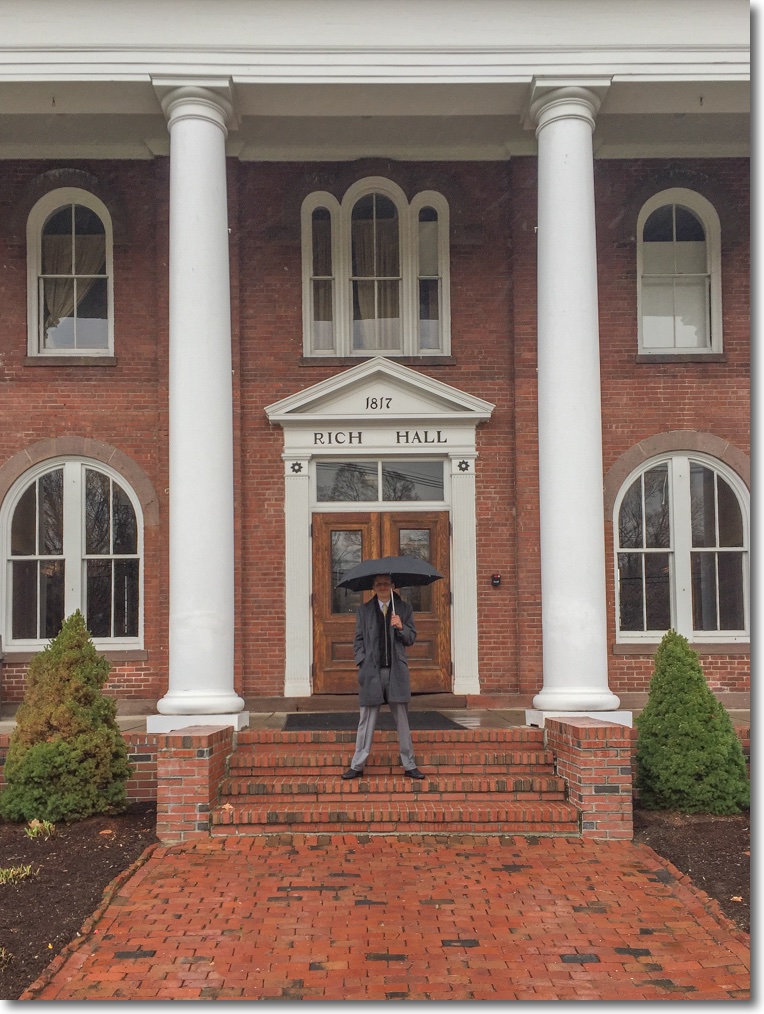
November 11 – empowered at Wilbraham & Monson Academy – Wilbraham, MA.
Political correctness had not reared its ugly head when the hall was named. Richard Fuld, who blew up Lehman Brothers and almost took America with it, graduated here. Oops!
In the event we had an absolute blast. The format for each visit was much the same, the morning taken up with a guided tour by wonderful students, lunch, then the 45 minute interview for Winston. By the time of his last interview Winnie was polished, never interrupting, never saying ‘like’ (a modern affliction with most children), paying attention, and asking hard, focused, insightful questions. At the conclusion of each interview he would close by handing out his grades for the first trimester of 8th Grade, and the straight ‘A’ ratings across the board, building on like results in 6th and 7th Grades, never failed to hit the bull’s eye. These are, after all, preparatory schools with 100% matriculation to university which is what ‘preparatory’ means. When you graduate here, you are prepared for university and the related academic demands.
And while a great interview may not get you accepted, a bad one will most certainly not get you an offer. “I propose to be the next Albert Einstein” will get you shown the exit really fast. Despite the forbiddingly low acceptance rates with 10% the norm, the competition here is not as severe as you might think. First, most kids apply to more than one school. Second, many foreign applicants are the children of oligarchs and foreign government officials seeking to clean up their money, ones to whom English is very much a second language. And while who your dad is used to really matter here, now academic acumen prevails. That and an ability to form grammatically correct English sentences, complete with prepositions. Yup, it’s off to Balls Pond High for you, Ivan. As for Affirmative Action, that most un-American and most discriminatory of concepts, it may exist in colleges but private schools show little evidence of it.
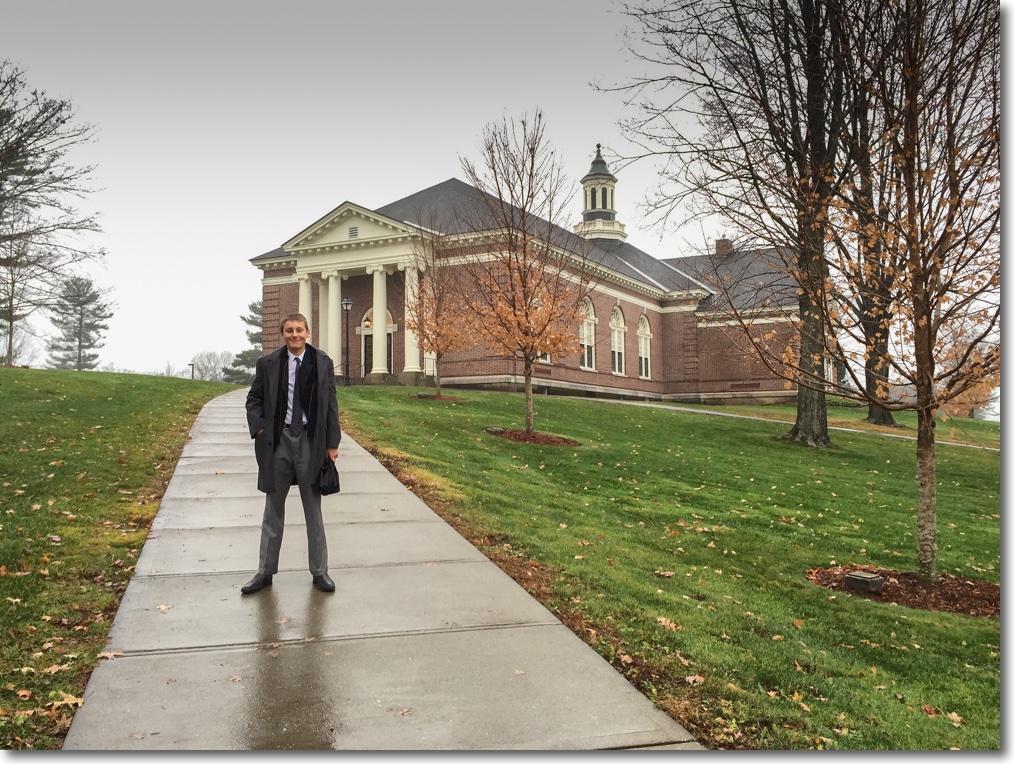
November 12 – confident at Northfield Mount Hermon – Northfield, MA. Western Massachusetts is gorgeous and Winston’s confidence is now abundantly on show, and hang the umbrella! Uma Thurman went here before Killing Bill and dating Marsellus Wallace.
We stayed in the Back Bay area of downtown Boston, a new city to us and we both fell absolutely in love with the place. Genteel and well behaved, and even when I took two or three extra spins around the traffic roundabouts while trying to figure out what the nice lady at Google Maps was trying to tell me, no one honked, and I most certainly gave them much cause. Try that in New York or San Francisco. My ineptitude also caused much hilarity in my offspring, a reaction I prefer to leave alone.
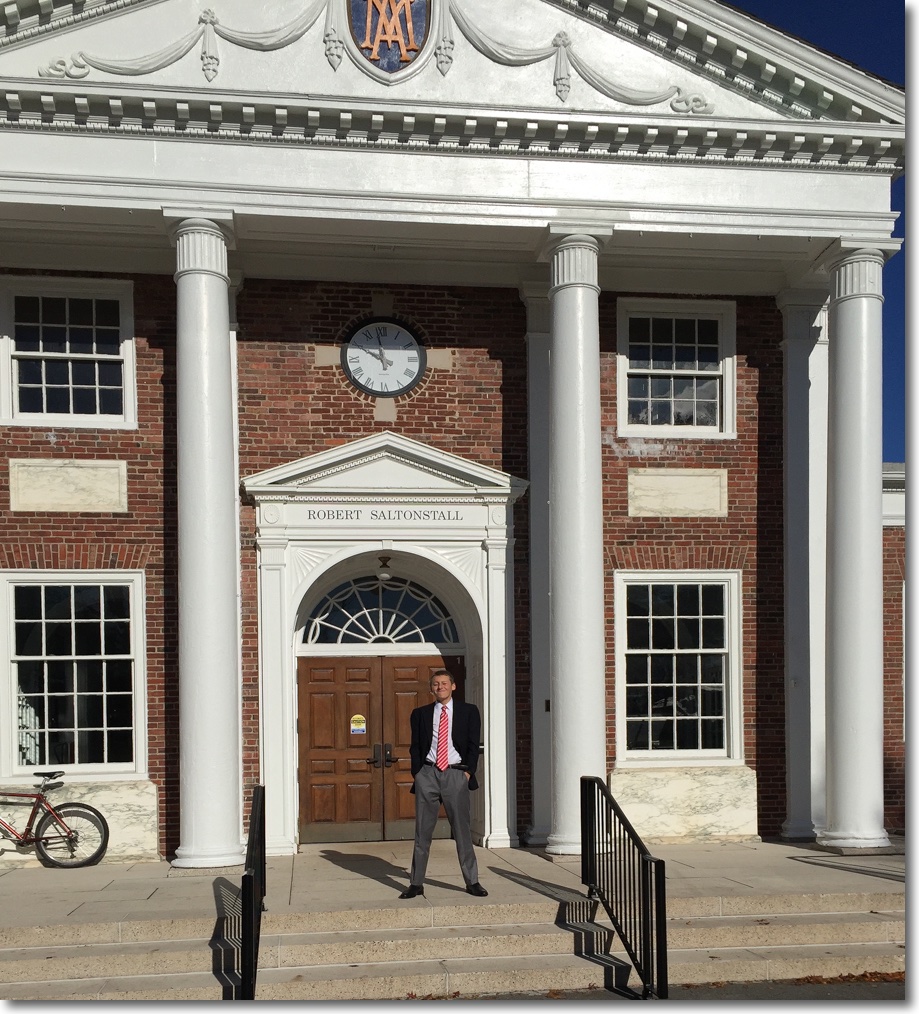
November 13 – cocky at Milton Academy – in Milton, MA. Milton was once home to RFK and his brother Teddy.
Each school visit was memorialized with the obligatory images seen above, and if the architectural styles appear similar it is because they are. These schools are typically 150 years old and built in the style of the day, and quite lovely to behold.
Side trips to take the Freedom Trail, visit the Boston Museum of Fine Arts and tour MIT were exciting ….
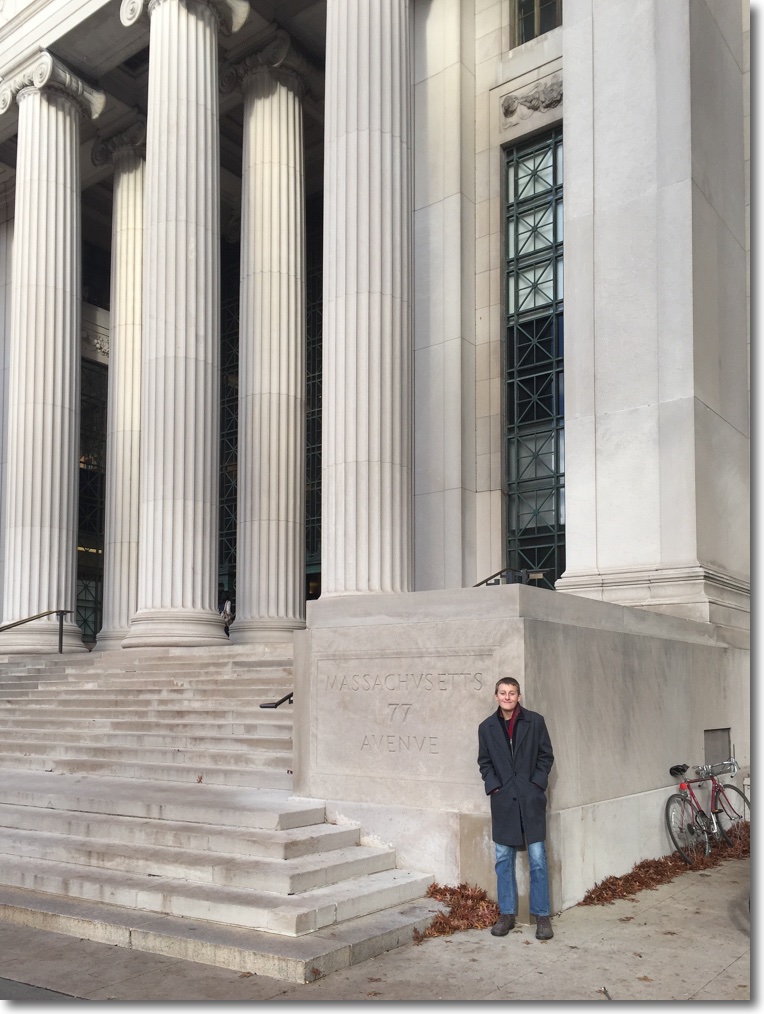
At MIT.
…. but the real icing on the cake came when we visited Harvard Business School.
I took Winston to HBS out of curiosity yet it turns out to have been the most effective – and unplanned – piece of stealth marketing imaginable for, by the time of our reluctant departure, we were both simply awestruck. I expect Winnie will graduate in the class of 2026.
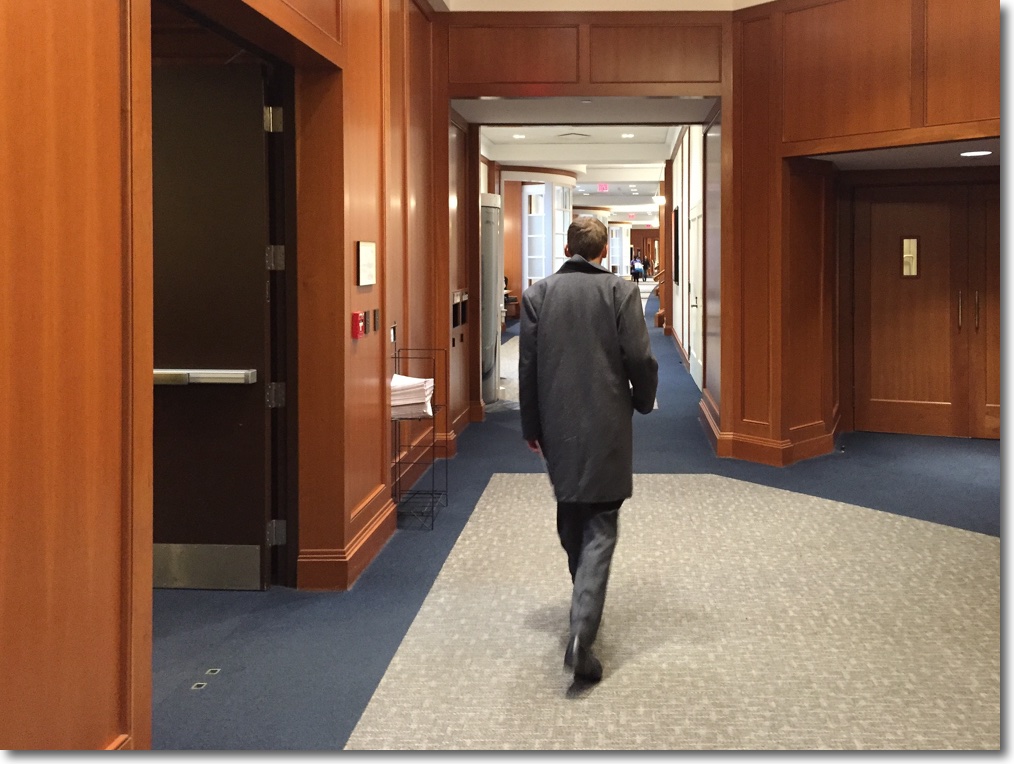
Winston dressed for the occasion, inside Aldrich Hall at HBS, a Rockefeller donation.
In the movie ‘The Freshman‘, Marlon Brando, reprising the murderous Don of the Godfather movies in a lighter comedic rôle, visits the dorm room of a young protégé, and pronounces: “So this is college. Well, I ain’t missed nothing.” Maybe he should have visited Harvard, not NYU.
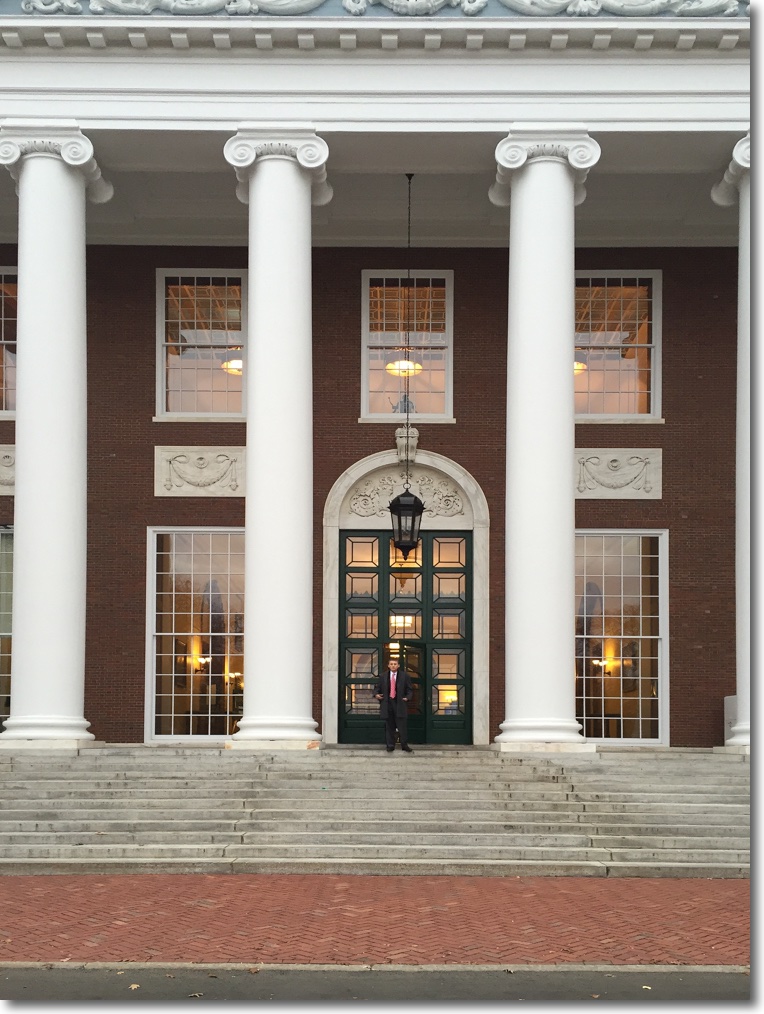
Harvard Business School – outside the Baker Library.
By the time you read this Winston will have taken his SSAT exam with the results due in a few days. As for the acceptance process, we will know in mid-March and whatever the outcome, we could not possibly have had a better time. The choice is his to make.
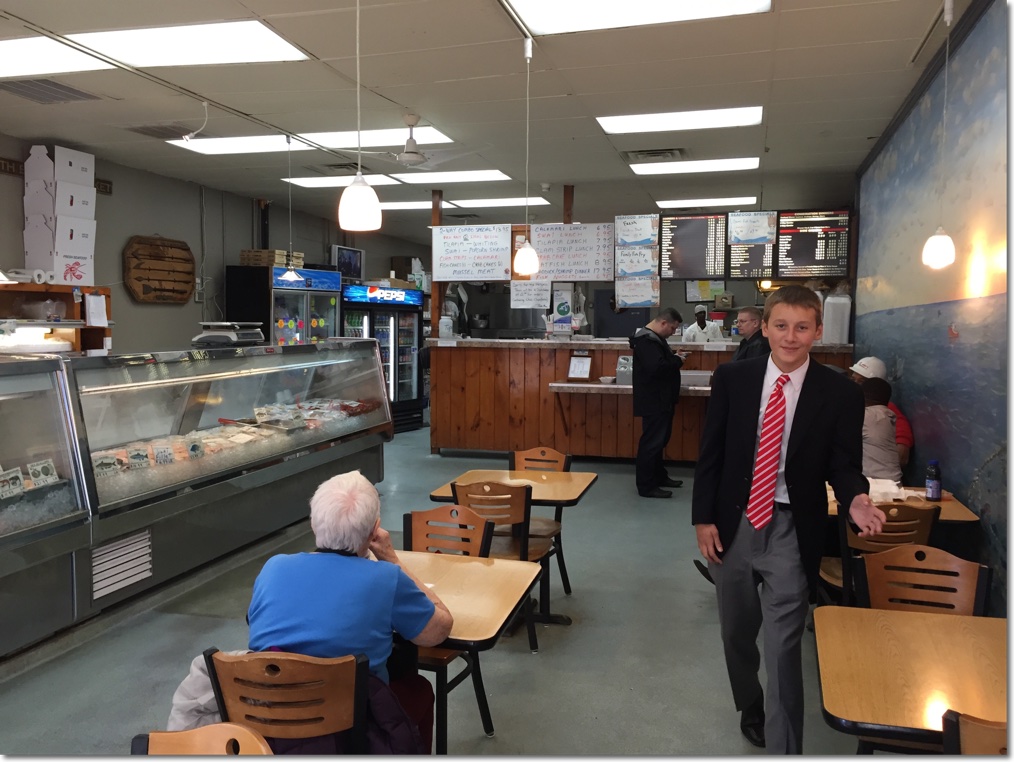
Did I mention Winston is beautiful? About to enjoy fish and chips at the Morse Fish Company after a hard week. Click the image for the map.
After the final interview, we repaired to the Morse Fish Company, opposite the Cathedral of the Holy Cross on Washington Street. Boston has more cathedrals than Catholics but, unlike the cathedral, Morse FC is not much to write home about decor wise. The fish here, however, is excellent. A firm favorite with Southies, and even if we were a tad overdressed no one took any notice. Needless to add, the place has been around for ever, testimony to the food served.
Sad update 2018: Sadly the Morse Fish Company, at 103 years the oldest in Boston, has closed its doors. No reason given, no new location. Bang. Just like that.

That was the start of this, my Year in Education. Later this same year, a year in which my boy became a man with his own goals, his own mind, his own drive, I gave him the most precious gift a parent can bestow – opportunity. He can take it from here for I have done my bit. I can only hope that he gives back in like manner because, chances are, I will not be around to see.
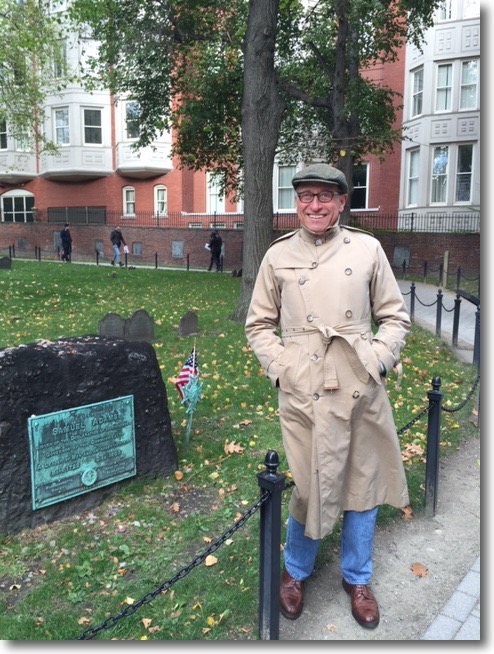
The author, keeping the cold wind out, at Sam Adams’s grave in Boston.
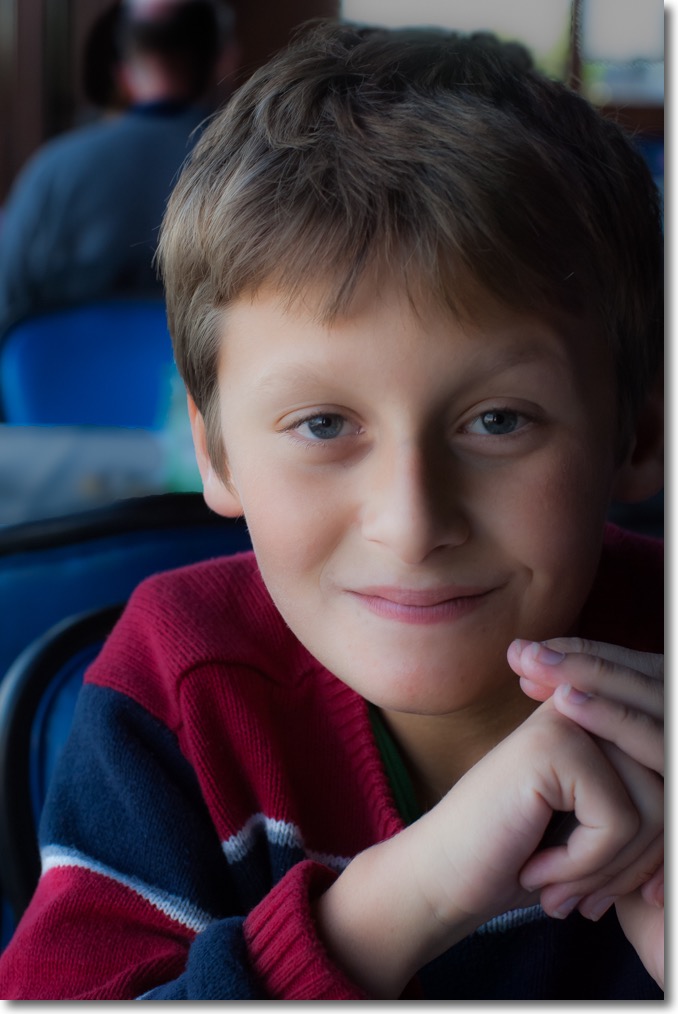
My son.
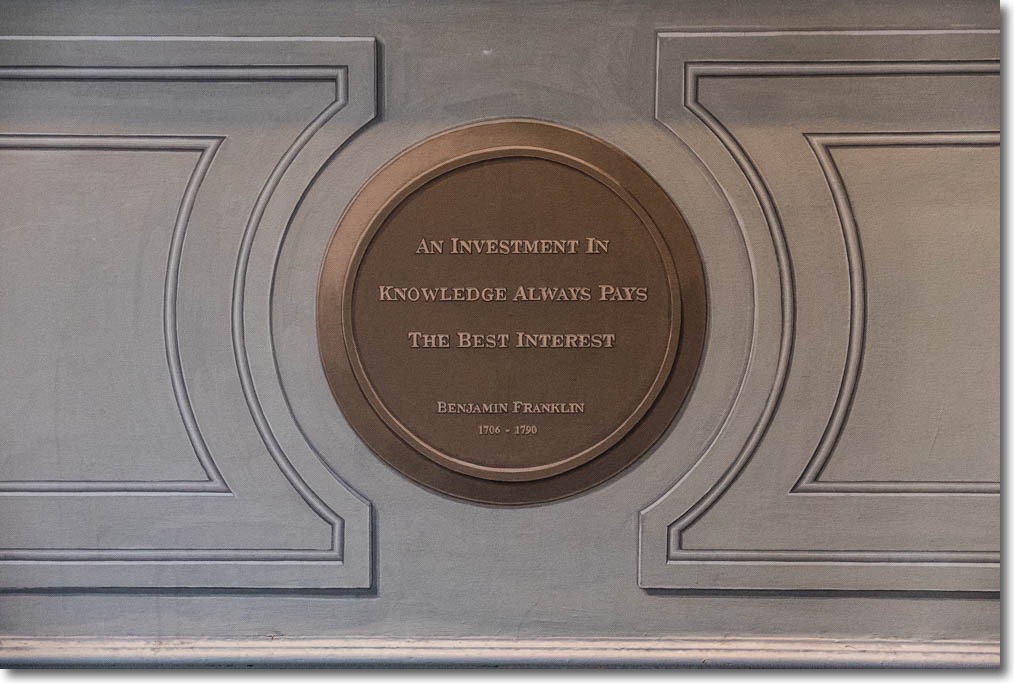
Joyful update – March 31, 2016:
With a bunch of offers in hand, Winnie decided to attend Northfield Mount Hermon. He starts ninth grade on September 2, 2016.
* * * * *
Click here for an index of all the Biographical pieces.
